Today we will take a quick look into a power plant and discuss why it is beneficial to have a proper calibration process in place. We will also discuss the typical calibration related challenges we have seen in power plants and finally, we’ll take a brief look at how a modern calibration process could help overcome this challenges.
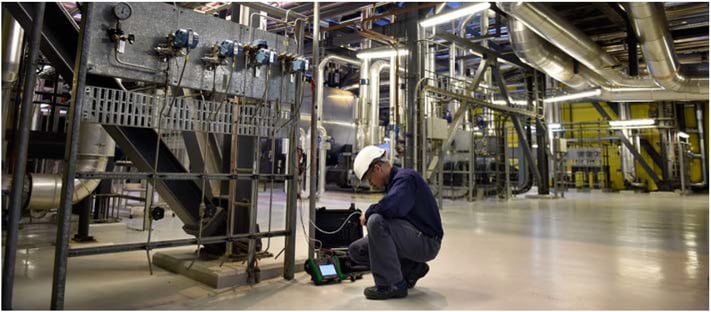
The 5 most common reasons for having a proper calibration process
A summarized list of the most common reasons:
- Efficiency
One of the most important reasons is to ensure that the plant is working efficiently, i.e. produces as much energy as possible form the source fuel. Even the most sophisticated control systems get the measurement data from the process measurements and if the measurements are not accurate the control system cannot control the plant properly.
- Plant safety
Plant safety is an essential matter for all types of power plants. Depending on the plant type, the number of safety circuits may vary, but for all plant types is important to keep the safety circuits properly calibrated. Sure there are also regulations related to the calibration of safety circuits.
- Regulation
There are various regulations valid for power plants that stipulate the calibration.
- Emissions control
Depending on the plant type there are different requirements for the calibration of the continuous emission monitoring measurements.
- Invoicing-related measurements
It is of course of great importance that any measurements that are directly related to the invoicing are calibrated properly.
In one of my previous blog posts I discussed reasons for calibration. Some of the reasons listed in that blog post are also valid for power plants, go check it out!
3 most common calibration-related challenges in a power plant
The three most commonly seen calibration-related challenges in a power plant seems to be:
- Lack of metrology resources
In power plants, like in any process plant, the amount of dedicated, professional metrology experts seems to get smaller and smaller. The workers need to carry out various tasks and rarely have possibility to focus on metrology and calibrations.
- Legacy calibration process
Often the calibration process has not been updated in a long time and is very outdated. This kind of process can be very labor intensive, may result in poor calibration accuracy, generate a lot of paper work and be prone to errors.
- Outage support
Often most of the calibration work must be done during an outage. This causes a big challenge for the resource management and often external resources needs to be hired to manage all the work.
How could a modern calibration process help?
Here I list a few ways that a modern calibration process could help power plants:
Management, monitoring and scheduling of calibrations can be automatized, typically with the help of a dedicated calibration software tool. The calibration software may communicate directly with the maintenance management system and form an automated, paperless flow of work orders.
Documenting calibrators can document the calibration results automatically and transmit results electrically to the calibration software. This helps to avoid manual entry of results and manual pass/fail calculations.
So, basically a modern calibration process makes the calibration processes more efficient by automating steps and making them paperless, helping resources to be more effective and assuring better quality of results.
Learn more about the business benefits of a modern calibration process.
Yours,
Heikki
Heikki Laurila is Product Marketing Manager at Beamex Oy Ab. He started working for Beamex in 1988 and has, during his years at Beamex, worked in production, the service department, the calibration laboratory, as quality manager and as product manager. Heikki has a Bachelor’s degree in Science. Heikki's family consists of himself, his wife and their four children. In his spare time he enjoys playing the guitar.
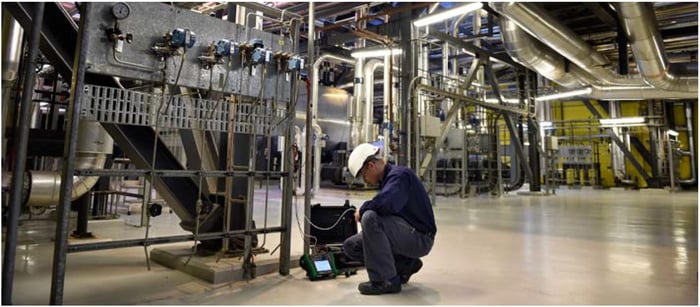




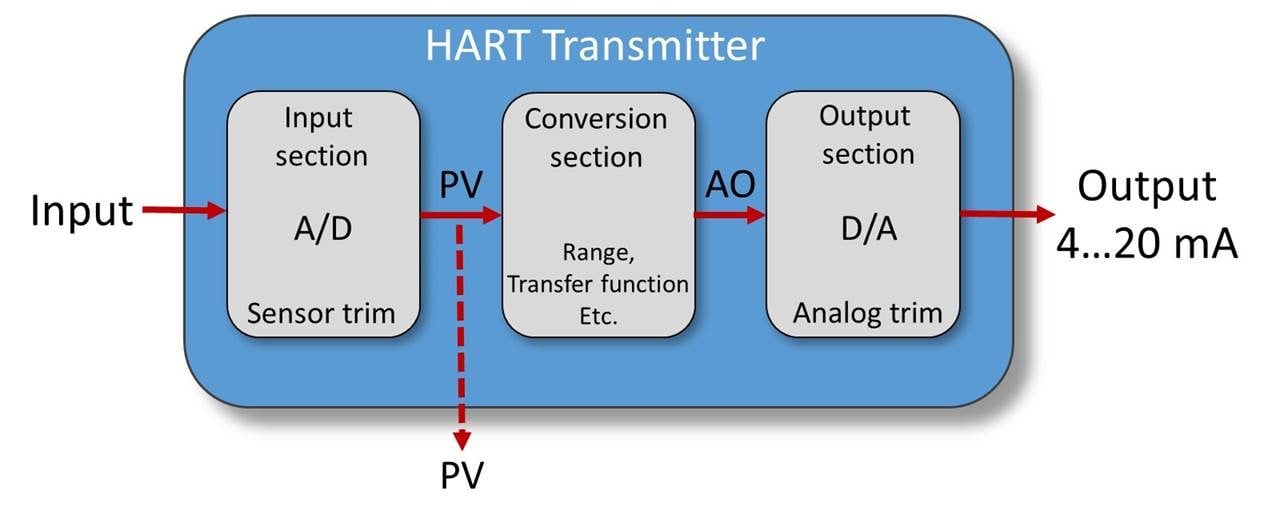
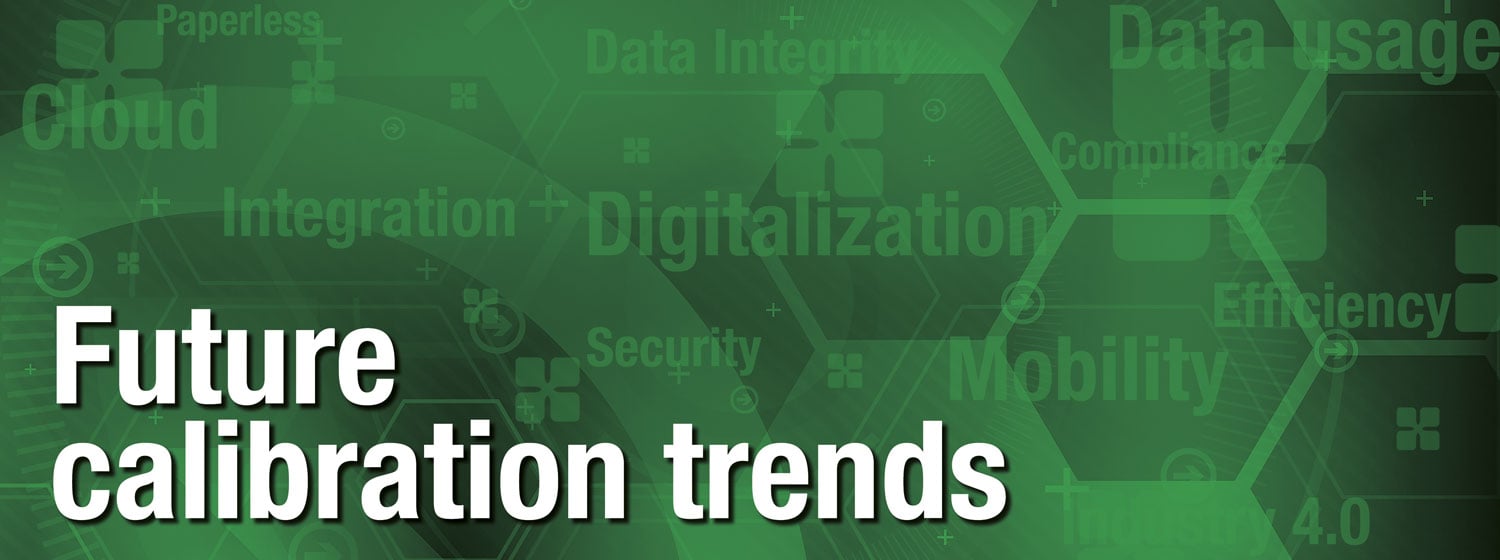


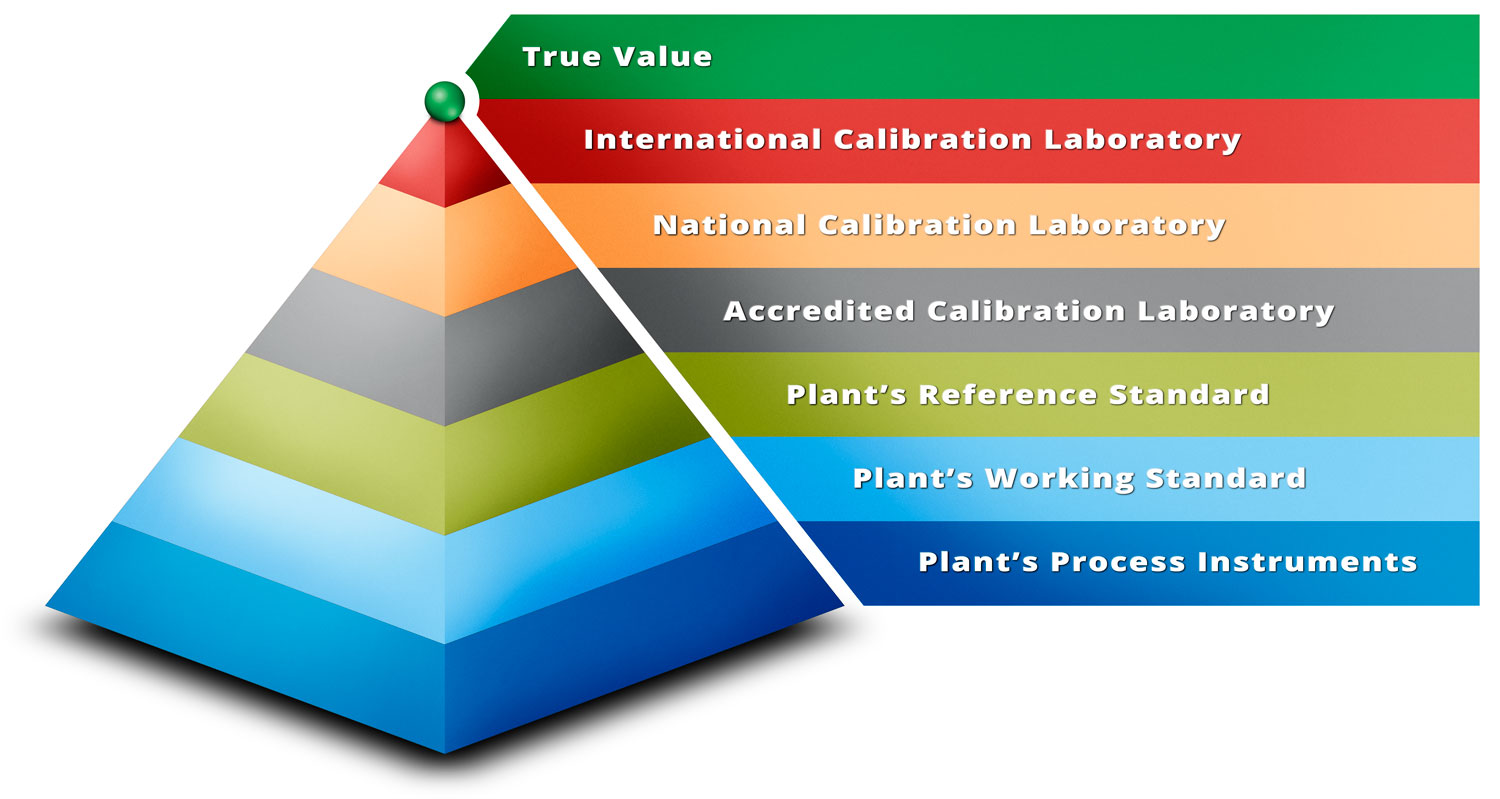

.png)









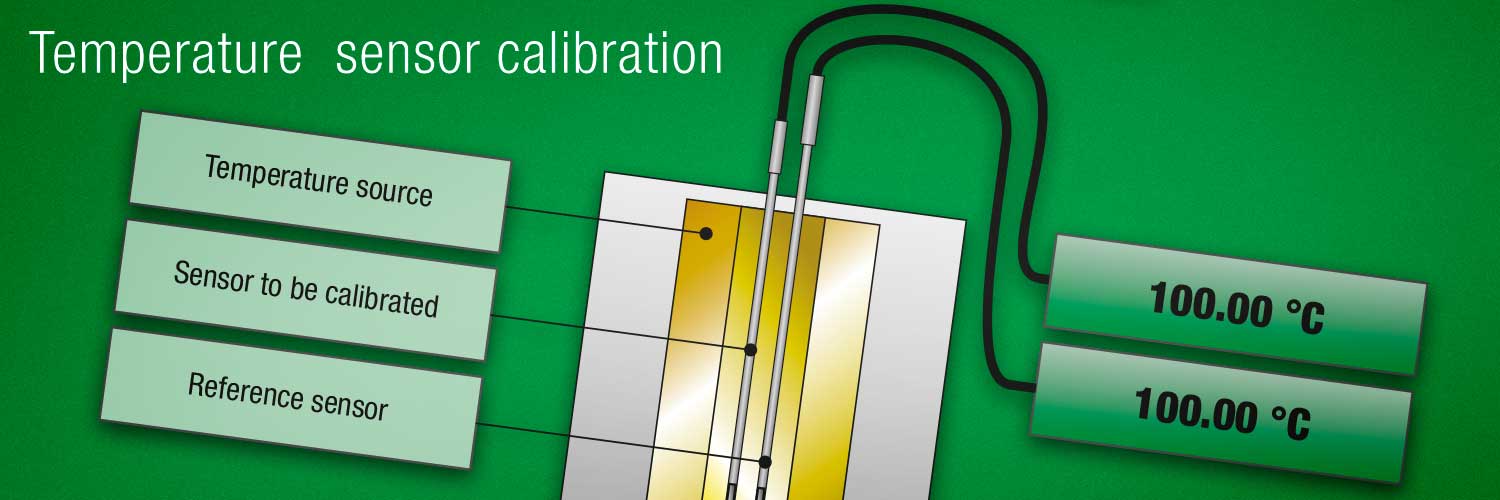


.jpg)






.png)
Discussion